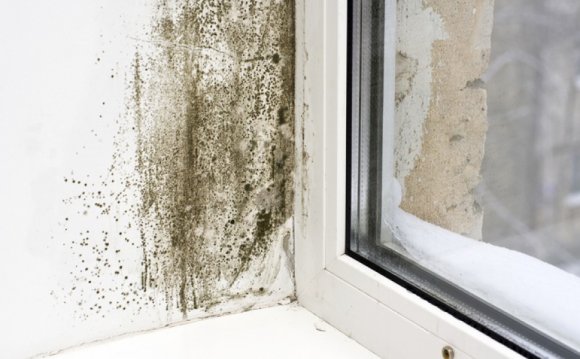
Estimates based on insulating a gas-heated home. Costs may vary significantly depending on level of work required. Above estimates are based on a typical install, ranging between a small flat and a large detached home. Figures are based on fuel prices as of March 2016.
Northern Ireland
Detached |
Semi detached |
Mid terrace |
Bungalow |
Flat |
|
|---|---|---|---|---|---|
| Fuel bill savings (£/year) | £390 | £225 | £150 | £155 | £125 |
| Carbon dioxide savings (kgCO2/year) | 2, 300 kg | 1, 300 kg | 900 kg | 920 kg | 720 kg |
| Typical installation costs* | External wall insulation: £8, 000 to £22, 000
Internal wall insulation: £4, 000 to £13, 000 |
||||
Estimates based on insulating a oil-heated home. Costs may vary significantly depending on level of work required. Above estimates are based on a typical install, ranging between a small flat and a large detached home. Figures are based on fuel prices as of March 2016.
Internal or external insulation?
Internal wall insulation is done by fitting rigid insulation boards to the wall, or by building a stud wall filled in with insulation material such as mineral wool fibre.
External wall insulation involves fixing a layer of insulation material to the wall, then covering it with a special type of render (plasterwork) or cladding. The finish can be smooth, textured, painted, tiled, panelled, pebble-dashed, or finished with brick slips.
There are advantages and disadvantages to both.
Internal wall insulation:
- is generally cheaper to install than external wall insulation
- will slightly reduce the floor area of any rooms in which it is applied (the thickness of the insulation is around 100mm)
- is disruptive, but can be done room by room
- requires skirting boards, door frames and external fittings to be removed and reattached
- can make it hard to fix heavy items to inside walls – although special fixings are available
- needs any problems with penetrating or rising damp to be fixed first.
External wall insulation:
- can be applied without disruption to the household
- does not reduce the floor area of your home
- renews the appearance of outer walls
- improves weatherproofing and sound resistance.
- fills cracks and gaps in the brickwork, which will reduce draughts
- increases the life of your walls by protecting the brickwork
- reduces condensation on internal walls and can help prevent damp (but will not solve rising or penetration damp)
- is best installed at the same time as external refurbishment work to reduce the cost
- may need planning permission - check with your local council
- requires good access to the outer walls
- is not recommended if the outer walls are structurally unsound and cannot be repaired.









